Senate Bill 3854, would include all flavored products including THC vaping devices, heat-not-burn systems, and chewing tobacco products. “(1) “tobacco product” includes products containing tetrahydrocannabinol and products containing a mixture of tetrahydrocannabinol and nicotine, and (2) “tobacco retailer” includes dispensing organizations and dispensing organization agents, as those terms are defined in the Cannabis Regulation and Tax Act. Creates a presumption that a tobacco product, related tobacco product, alternative nicotine product, or solution or substance intended for use with electronic cigarettes is a banned product, solution, or substance intended for use with electronic cigarettes if it has or produces a characterizing flavor,” reads the bill proposal.
Following San Francisco’s flavor ban, teenagers in the city’s high schools were more likely to take up smoking than teenagers in US school districts where no flavor bans were imposed.
In line with arguments by tobacco harm reduction experts, Elizabeth Hicks from the U.S. Affairs analyst with the Consumer Choice Center said that enacting a flavor ban for vaping products will just lead former smokers back to smoking.
“About 12% of adults in 2020 reported smoking, however, if this bill passes, we can certainly expect that number to increase,” said Hicks. “This ultimately will lead to increases in smoking-related healthcare costs, which are already costing Illinois taxpayers over $1.9 billion annually.”
Flavor bans don’t work
Supporting Hicks’ arguments, a study conducted in San Francisco found that following San Francisco’s flavor ban, teenagers in the city’s high schools were more likely to take up smoking than teenagers in US school districts where no flavor bans were imposed. While prior to the ban, smoking rates in San Francisco were similar to that of many cities across the country.
“To understand this conceptually, think about youth preferences between tobacco products,” said study author Abigail Friedman, an assistant professor in the Department of Health Policy and Management at the Yale School of Public Health, in a statement. “Among youths who vape, some likely prefer ENDS to combustible products because of the flavors.”
“For these individuals as well as would-be vapers with similar preferences, banning flavors may remove their primary motivation for choosing vaping over smoking,” she continued. “Thus, some of them will respond to a ban on flavors by choosing to use combustible products instead of ENDS.”
Darryl Tempest, Government Relations Council to the CVA Board, said that teen vaping is not an issue that can be studied at face value. “Vaping regulation is a complex issue. The problem with taking a micro view of regulation and forming policy based on individual studies is the bigger picture is neglected. If we take this study at face value and assume the conclusion is accurate and fewer youth are vaping, on the surface, it seems like this type of regulation is logical. Yet, we know from reviewing the full scope of evidence that flavor restrictions result in smoking-related illness and death.”
Source: https://www.vapingpost.com/








































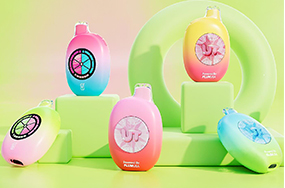



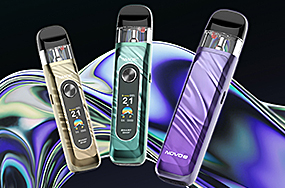
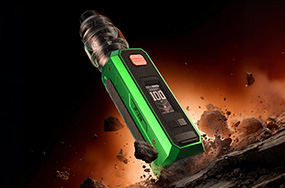
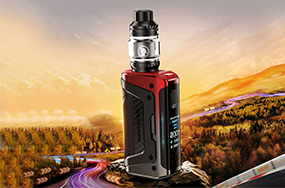
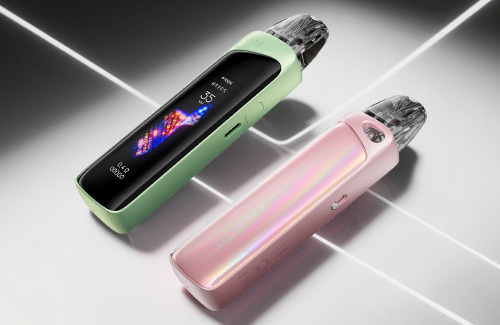
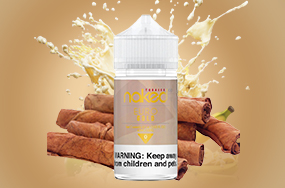

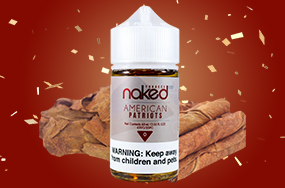
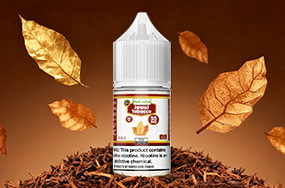
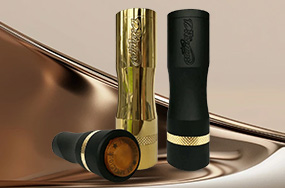




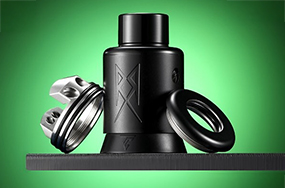
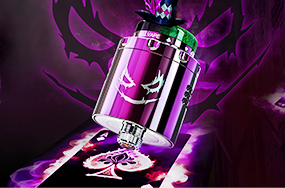
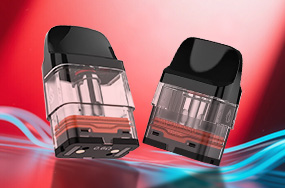


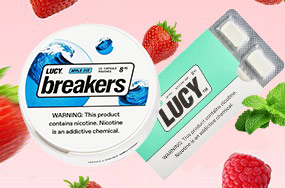
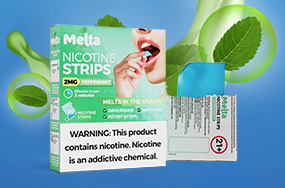

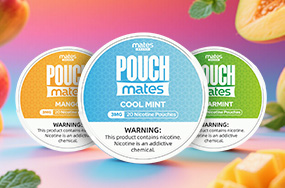
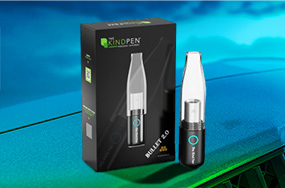
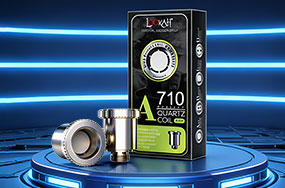
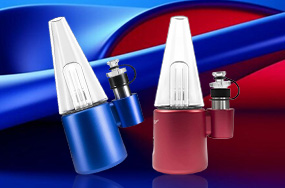






comments